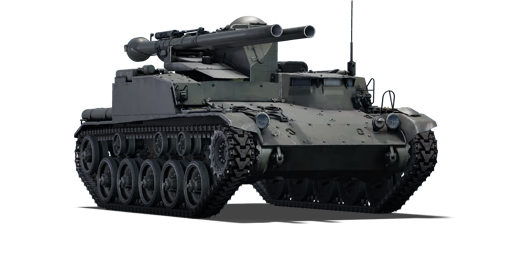The Type 60 SPRG (C) was a light anti-tank vehicle developed by Japan in the late 1950s. It was Japan's first domestic combat vehicle after the Second World War. The vehicle was armed with dual 106 mm M40 recoilless rifles and was designed for ambush attacks against enemy tanks
It was introduced in Update 1.65 "Way of the Samurai" along with the initial Japanese Ground Forces tree. The Type 60 is the first vehicle in War Thunder to implement a recoilless gun as the main armament of a vehicle. The principal role of the Type 60 SPRG is as a short-range ambushing "Tank destroyer" where it can make maximum use of its dual 106 mm M40 firepower to best effect, it is better suited to short range engagements, and can find it difficult to make meaningful contributions to the team on maps with long engagement ranges. It does also get the ability to scout out targets, the Type 60 SPRG can use to great effect with the small size and relatively good mobility.















